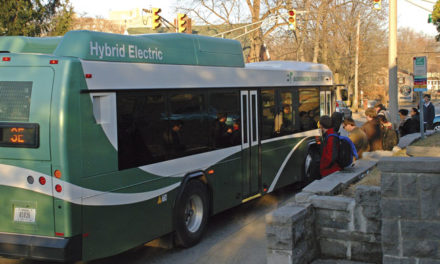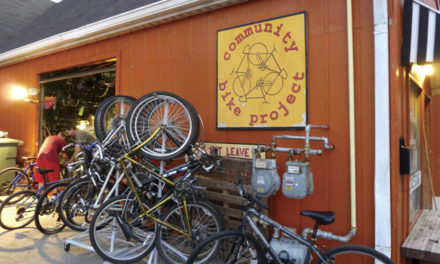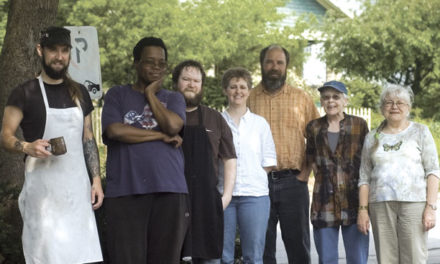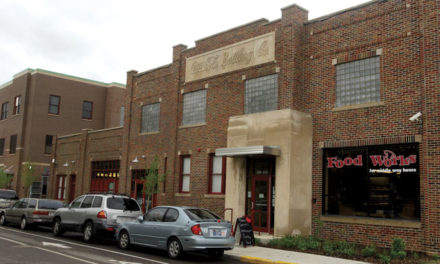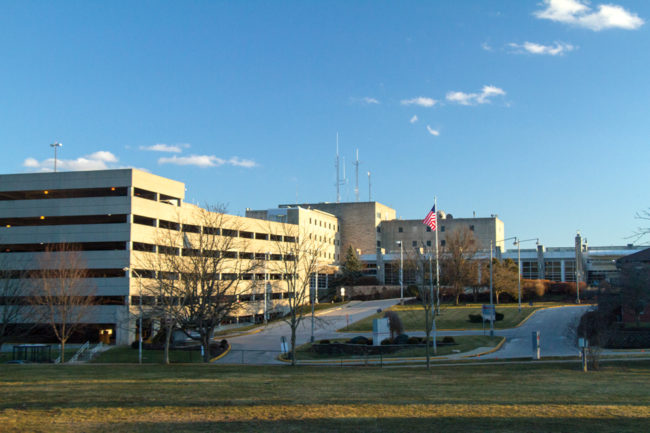
by JANET MANDELSTAM
Bloomington Mayor John Hamilton calls the City’s plan to redevelop the current site of Indiana University Health Bloomington Hospital “a once- in-a-century opportunity for our community to re-imagine our future.”
The City recently revealed the master plan for redevelopment of the site when the hospital relocates from West 2nd Street to its new facility on Bloomington’s east side later this year.
Deputy Mayor Mick Renneisen, who led the master planning team, says the plan was “consensus driven,” with public input and community engagement at the forefront.
The plan envisions the 24-acre site as “a unique new hub in the daily life of Bloomingtonians” with an emphasis on “diversity, sustainability, and people-first design.” Here are five key elements of the plan:
1. A variety of housing options, including affordable housing, “workforce” housing for middle-income residents who live and work downtown, and market rate housing.
2. Connection with the adjacent neighborhoods of McDoel Gardens and Prospect Hill. The plan calls for breaking up the hospital site, restoring the north-south street grid, and limiting the scale of development on the perimeter.
3. An east-west greenway, a tree-lined “linear park” that offers an outdoor gathering space and connections to the B-Line Trail.
4. Turning 2nd Street into a mixed-use “community corridor.” Given the emphasis on people- first design, Renneisen says, plans will accommodate pedestrians and bicycles.
5. Linking to key city assets such as nearby parks, the B-Line, and downtown theaters, restaurants, and the convention center.
The City agreed to purchase the property from IU Health in 2018 for $6.2 million with funds from the Bloomington Redevelopment Commission. IU Health will vacate the site in late 2021 and then prepare the land for development. “The site must be cleared before the City takes ownership,” Renneisen says. Existing buildings will be demolished except for the parking garage.
Once the City owns the property, Renneisen says, “We will get bids to design the infrastructure— reconnecting the street grid, stormwater management, hardscape, etc. The rest of the money for development will come from the private sector”—an investment he estimates will be $180–$200 million. “Because the City owns the property, the City will be able to say ‘yes’ or ‘no’ to developers’ plans. That’s a great asset.”
Community engagement was an essential part of the planning process even during a pandemic.
“We held public forums on Zoom,” Renneisen says. “Two hundred people participated, more than would turn out at a meeting.”
Renneisen, who is retiring in April after 40 years in City government, says the hospital site plan is the most important work he has done. “This project offers the opportunity to do so many great things for our community for the next century.”
Residents may view the master plan on the project website, bloomingtonhospitalsite.com.


